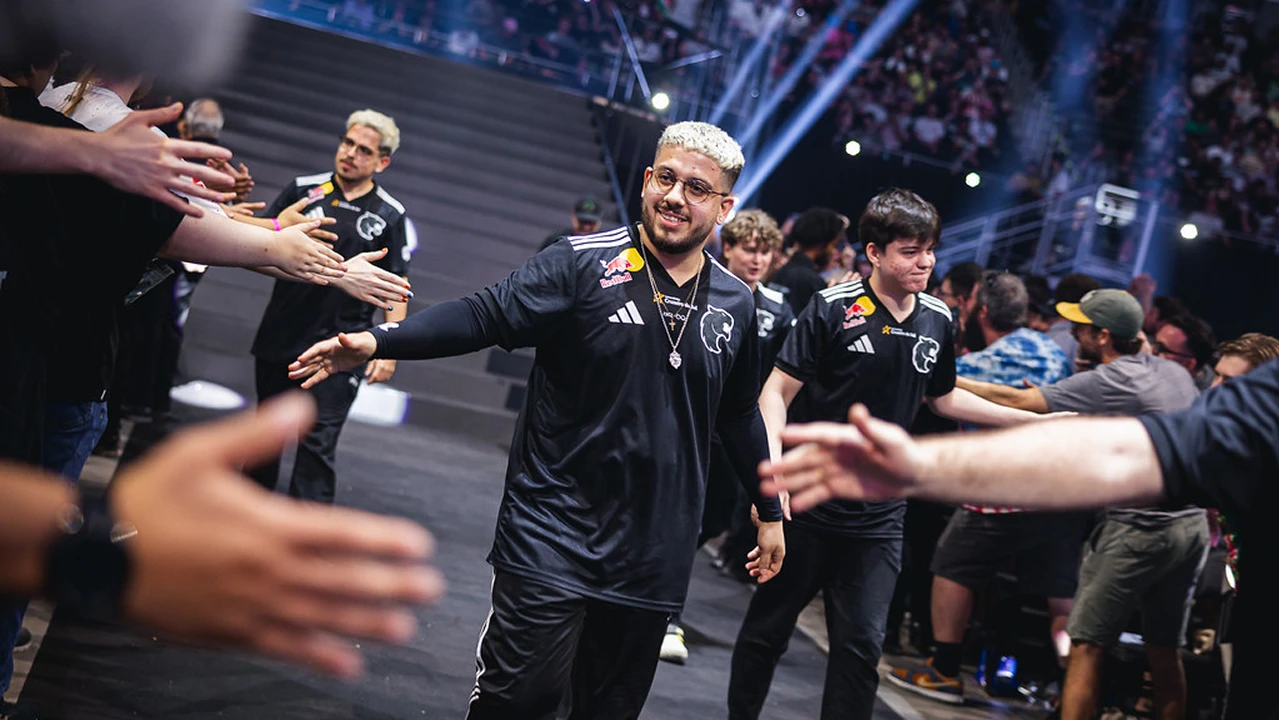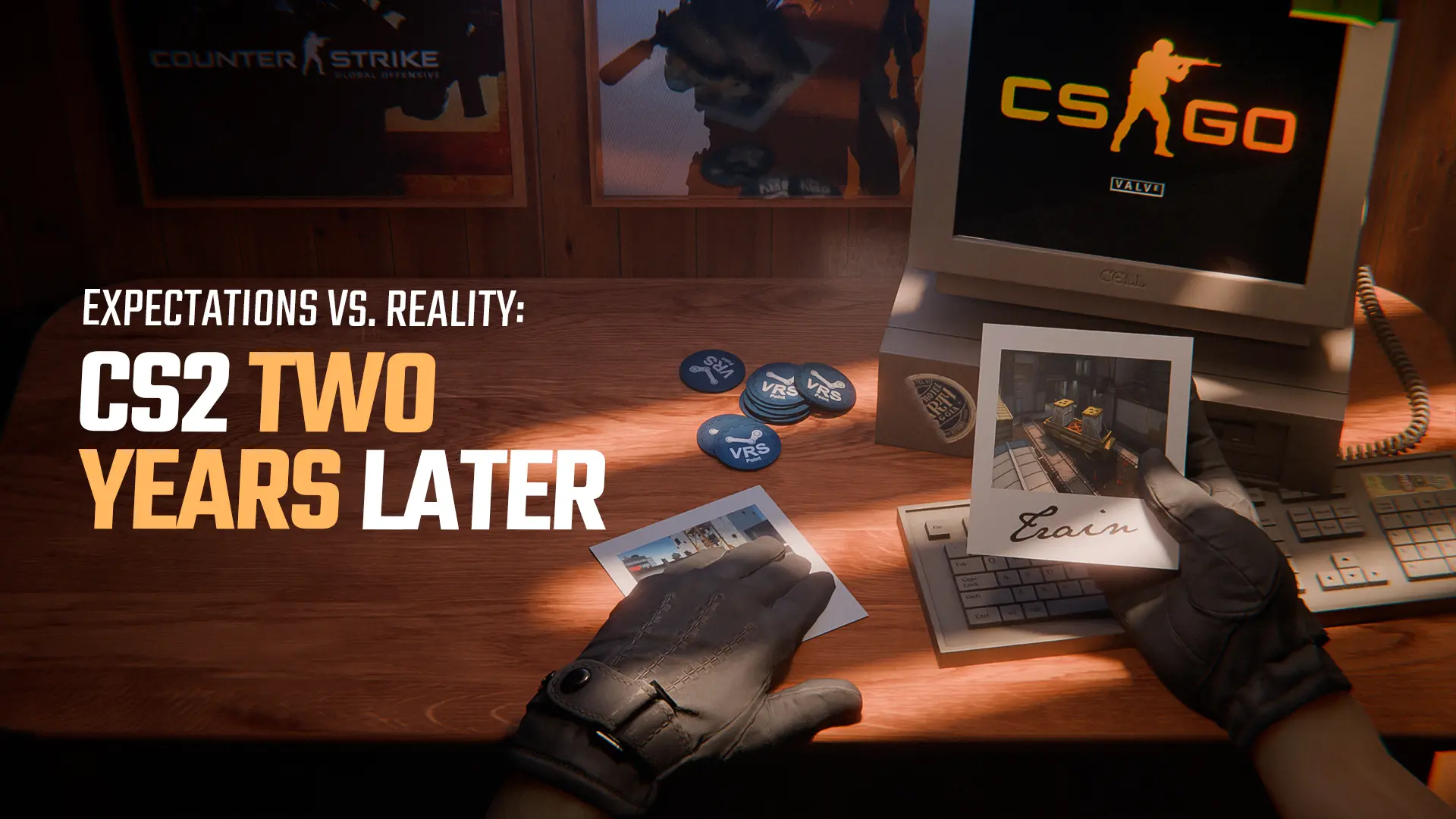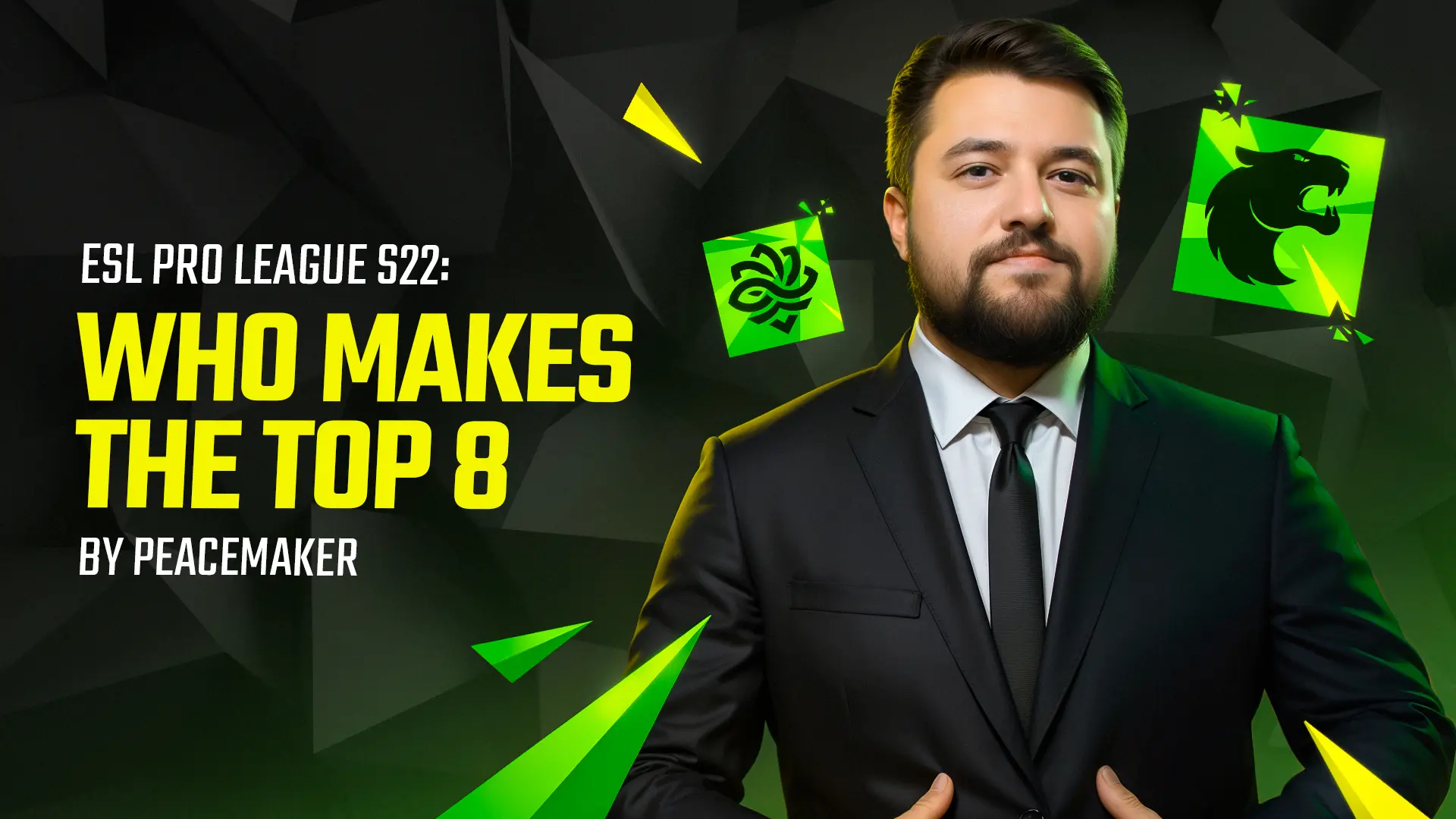Anders Blume has broken down how MOUZ’s T-side on Nuke has transformed over the past year, tracking their evolution from siuhy’s final months as in-game leader to Brollan’s first steps in the role. Using Skybox data split into quarterly segments, he explored how strategies, tempo, and execution patterns have shifted over time.
Blume’s analysis revealed that while MOUZ kept some of their signature mid-round calls, such as A-main splits and ramp-to-B executions, they gradually introduced new elements into their playbook. Under Brollan’s leadership, the team experimented with different boosts, adjusted the timing of key tactical sequences, and slightly increased their reliance on fast-paced rush rounds. These tweaks, even in small percentages, changed how the team pressured bombsites and diversified their approach, making it harder for opponents to read them.
read more
The data also showed that certain strategies disappeared as quickly as they appeared — most notably, vent rushes introduced by Brollan were soon phased out. Anders noted that while sample sizes for some periods were limited, the trends still point to a team actively refining its approach rather than relying solely on siuhy’s established framework. The result is a T-side that balances familiar comfort plays with fresh variations, a sign that MOUZ are adapting to stay competitive at the highest level.











































